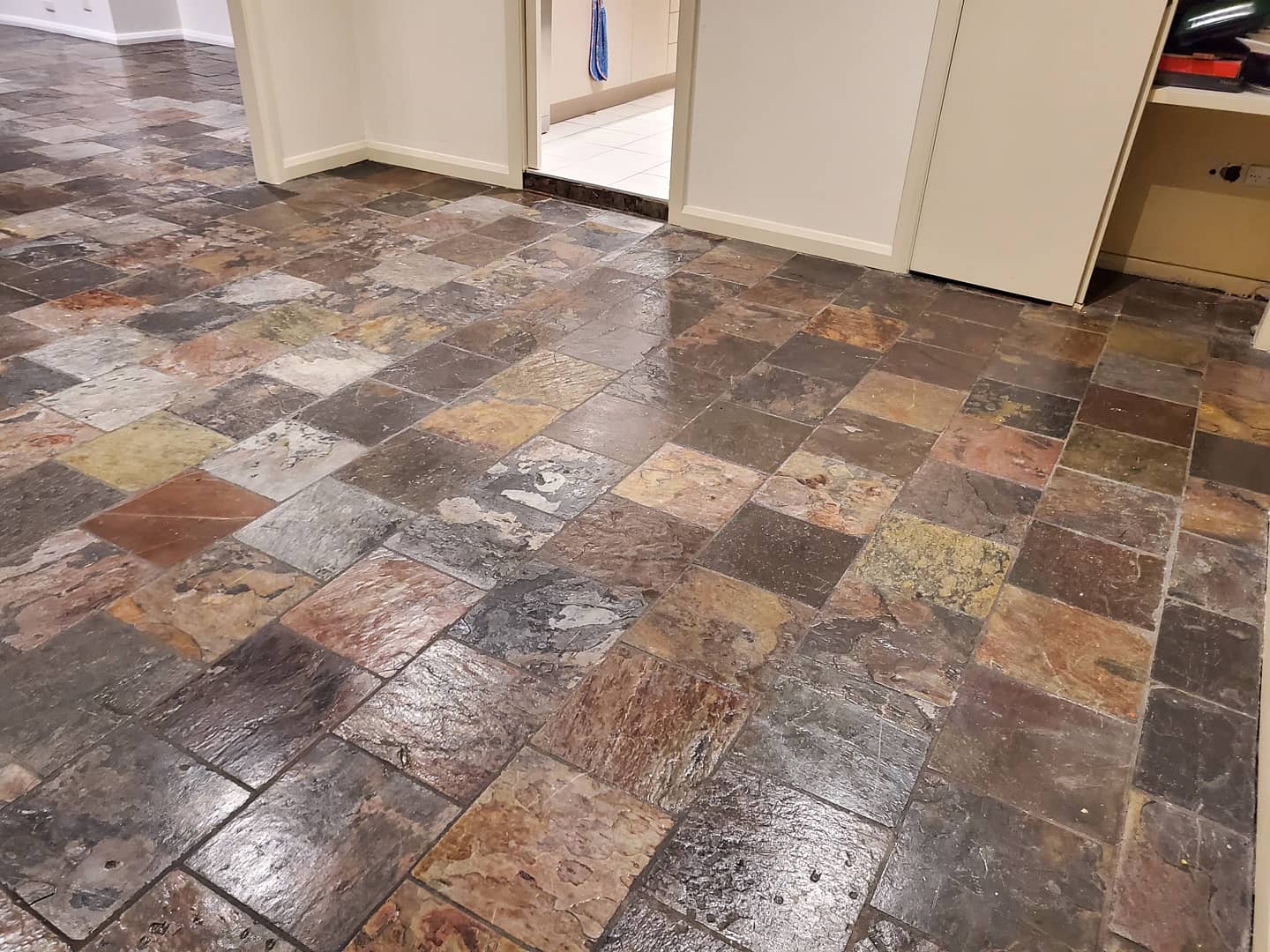Professional Floor & Tile Removal Service
Tile Removal
Common issues with floor tile removal
Many businesses just remove tiles with a jackhammer, but this has an impact on the state of the surface left behind. It creates small divots across the entire surface, which have to be filled in or levelled. All this take extra time and delays your renovation. It may increase costs too. At Demo Pro we use a scraper blade on our jackhammers for all tile removal. It slides underneath the tiles and levers them off without damaging the surface underneath. So you won’t have to fill any pitting unless it was there in the first place – you can move right on to the next stage.
A key challenge for floor tiles is that before demolition, you just don’t know what adhesive has been used. For floor tiles, it affects how hard it is to remove tiles, but we can always remove them. For wall tiles (in kitchens, bathrooms or laundries) it may make more sense to remove and replace the entire tiled area. As full service demolition experts, we can adjust the job depending on what we find.
Another issue often overlooked is the height of a tiled floor. You’ll often find that tiled areas are a little higher than other floors near them. (Check the doorway to see this!) The difference is caused by a screed, added for waterproofing and drainage purposes.
It’s important to take account of this when planning a renovation which includes tile removal. If you remove 40mm of tile and screed, but your new flooring is only 20mm thick, you’ll need to update your skirting board and kick boards. This is the kind of detail Demo Pro notice, sometimes when the flooring company hasn’t!Why use Demo Pro for tile removal?
- We are proactive in communicating with builders, renovators and householders. We notify householders of our arrival in advance. We communicate any issues promptly.
- We take every care to minimise mess and disruption while we work. We can work around other tradesmen or the needs of the client. Demolition is not dust-free, but we bring our own drop sheets; we tape doors and windows and we clean up when we’ve finished.
Non-tiled floors
About 40% of the jobs we do involve tile removal and the removal of other flooring types. We’re experienced with cement, floorboards, carpet and vinyl.
Since we’re in the property already, it’s cost-effective for us to remove all the floors.
The only flooring we won’t remove in-house is magnesite, since it may contain asbestos. We work with a qualified and trusted third party for any asbestos removal, so you can still contact us for any kind of floor removal.
What Our Clients Have To Say

Robert

Mel Newman

Diahnn Bridges

Jenni Lawton

Andrew

Jennine

Laura

Megasealed

















